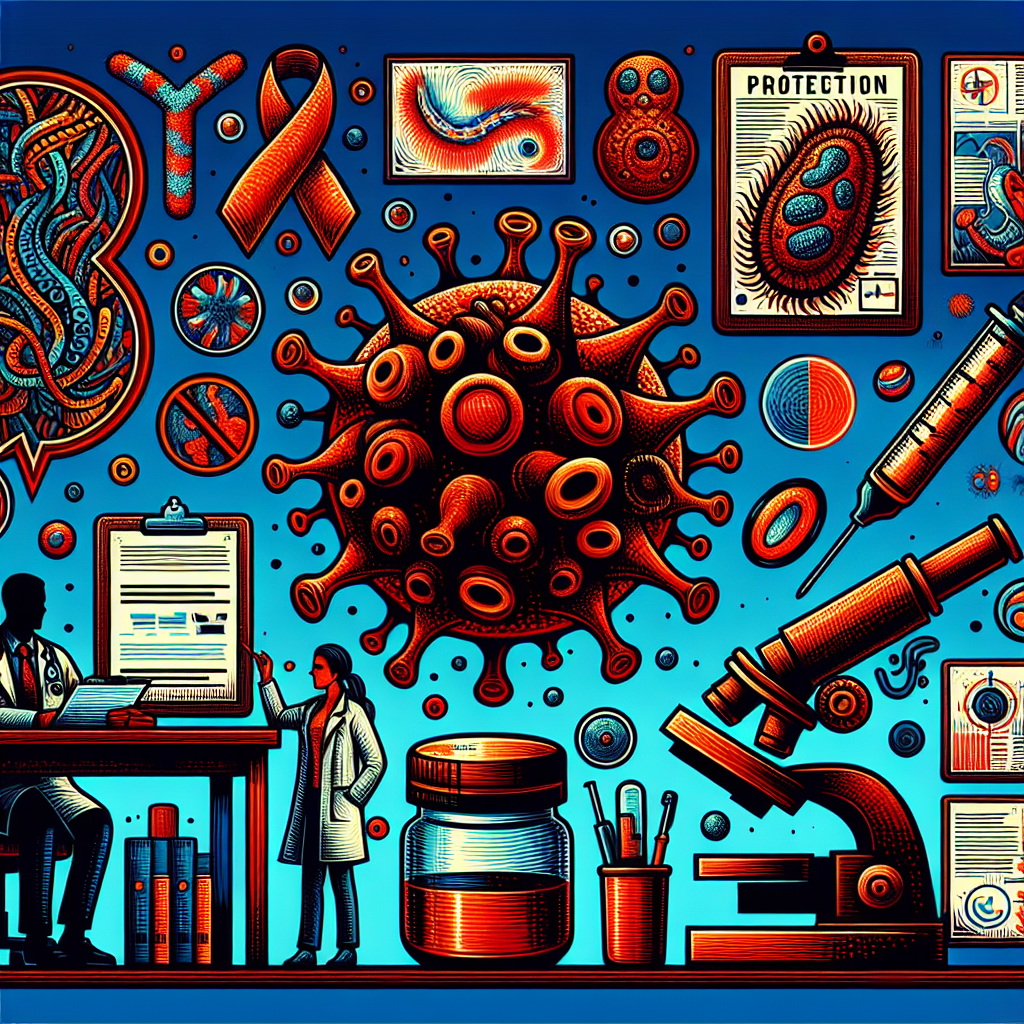Introduction
Chlamydia, a silent but potent foe in the realm of sexually transmitted infections (STIs), often lurks unnoticed, whispering its presence through subtle symptoms. Among these symptoms, one might wonder: Does chlamydia itch? This question is not only crucial for those who suspect they may have contracted the infection but also for anyone aiming to stay informed and vigilant about their sexual health.
- Understanding Chlamydia
- Symptoms of Chlamydia
- Does Chlamydia Cause Itching?
- Prevention and Diagnosis
- Treatment Options
- Key Takeaways
- FAQs
- Conclusion
Understanding Chlamydia
Picture a stealthy thief in the night—one that slips through the cracks undetected. This is much like chlamydia, an infection caused by the bacterium Chlamydia trachomatis. According to the Centers for Disease Control and Prevention (CDC), it is one of the most commonly reported bacterial STIs in the United States.
Symptoms of Chlamydia
The symptoms of chlamydia are often elusive, making it a master of disguise. Many individuals remain asymptomatic, unknowingly spreading the infection. Yet, when symptoms do manifest, they can include:
- Painful urination
- Abnormal genital discharge
- Pelvic pain in women
- Testicular pain in men
Does Chlamydia Cause Itching?
Now, to address the burning question: Does chlamydia cause itching?
While itching is not the most common symptom of chlamydia, it can occur. The discomfort is usually associated with other signs such as irritation or abnormal discharge. The inflammation caused by the bacteria might lead to a sensation akin to an itch, especially around the genital area.
A Personal Story
Imagine Sarah, a vibrant young woman enjoying life to its fullest. She starts experiencing a mild itch that she dismisses as a yeast infection. Weeks pass, and the itch persists. Concerned, she decides to get tested. To her surprise, she tests positive for chlamydia, an infection she had never considered. Sarah’s story echoes the importance of recognizing even minor symptoms and seeking timely medical advice.
Prevention and Diagnosis
Preventing chlamydia is akin to building a fortress against invaders. Practicing safe sex by using condoms and engaging in regular STI screenings forms the cornerstone of this defense. According to the CDC, sexually active individuals under 25 should get tested annually.
If you suspect you might be infected, don’t hesitate to visit a healthcare provider or look into comprehensive testing options like the STD Panel at Immediate Care Westmont.
Treatment Options
Treating chlamydia is straightforward and effective with antibiotics. Your healthcare provider might prescribe azithromycin or doxycycline. It’s crucial to complete the full course of medication to ensure the infection is entirely eradicated.
Follow-Up Care
After treatment, re-testing is essential. The CDC recommends getting tested again about three months post-treatment to ensure you’re free from the infection.
Key Takeaways
- Chlamydia often presents with few or no symptoms, making regular screening vital.
- Itching can be a symptom, though it’s not the most common one.
- Safe sex practices and annual screenings help prevent infection.
- Antibiotics effectively treat chlamydia, but completing the full course is crucial.
FAQs
What are the early signs of chlamydia?
The early signs can include painful urination, unusual discharge, and pelvic pain in women or testicular pain in men.
Can chlamydia go away on its own?
No, chlamydia requires antibiotic treatment. Without it, the infection can cause severe health complications.
Conclusion
Just like a shadow that disappears with the dawn, chlamydia can be vanquished with timely action and awareness. Recognizing symptoms, understanding preventive measures, and seeking prompt treatment are your best allies in maintaining sexual health.
The next time you find yourself wondering about that nagging itch, remember Sarah’s story. Take it as a cue to consult a healthcare provider and possibly explore options like the FAQ section at Immediate Care Westmont. Stay informed, stay safe!




